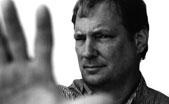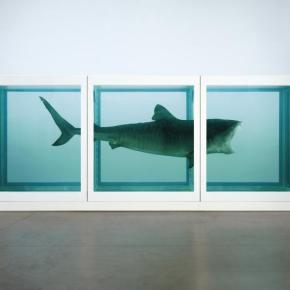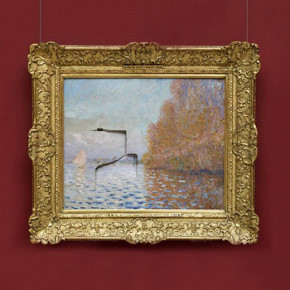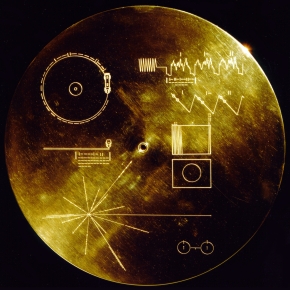
Religion, Art, and Advertising … with a Dash of Krause and Fenske
International sculptor Daniel M. Krause, interviewed in the “Hunt, Gather” issue of Broad Street, is known for many things–studying, deconstructing, and riffing on the famous Chinese warrior sculptures; major corporate commissions and gallery exhibitions; carrying the Olympic torch en route to Beijing; and a series of impressive sculptures for the Scientology flagship center in Clearwater, Florida. His...

Contemporary Art as Crime – Part 2
by Jamal Stone Contemporary art—art from the late 20th century to the present—often challenges preconceptions, stretching the boundaries of what is and is not art. But sometimes, definitions in the art world get too fuzzy—take, for instance, our understanding of art crime. Traditionally, art crime is simply crime committed against art, used to describe all sorts...

Contemporary Art as Crime – Part 1
by Jamal Stone Contemporary art—art from the late 20th century to the present—often challenges preconceptions, stretching the boundaries of what is and is not art. But sometimes, definitions in the art world get too fuzzy—take, for instance, our understanding of art crime. Traditionally, art crime is simply crime committed against art, used to describe larceny,...

T Clutch Fleischmann asks: But Is It An Essay?
The past few months we’ve been following T Clutch Fleischmann’s blog over at The Kenyon Review, where, in a series of posts titled “But is it an essay?”, Fleischmann has assembled a collection of genre-bending or otherwise esoteric texts: Marina Abramovic’s “The Artist is Present” performance, staged at the Museum of Modern Art, in which...

Magnifying Nature to Reveal Its Art
Karl Blossfeldt was a German photographer who, like many others, found inspiration in nature. He believed the plant “never lapses into mere arid functionalism; it fashions and shapes, according to logic and suitability, and with its primeval force, compels everything to attain the highest artistic form.” Born in 1863, Blossfeldt spent a lot of time...








